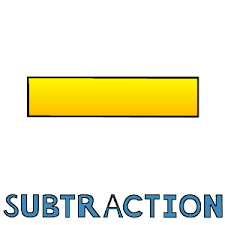An interesting question, as it helps to show not only the usefulness of subtraction in an everyday situation, but also how the nature of buying and selling works, all through Jason's baseball card!

The $51 the card is worth, minus the $29 offered by the store =
51 - 29 = 22
Therefore, the difference in the card's worth, and what the store is offering, is $22. Maybe Jason should try eBay!
But why is the store offering to buy the card for $22 less than it is worth? A lot of would-be collection sellers have encountered this difficulty, and it is simply that in order to make a profit on the card, the store owner, a businessman who depends on selling such objects for a living, has to buy at the lower price.
If the store owner bought Jason's card for $51, and sold it for $51 (and the sale might not happen for a long time after buying the card from Jason), then obviously he has made no money from that deal. By buying at the lower price, the store owner can then make a profit from the card at a later point.
If you'd like to read more on Blurtit about trading cards, look at How Much Is A Jason Kidd Rookie Card Worth? or What Is The Value Of Nascar Trading Cards?
To learn more about double-digit subtraction, try one of the many YouTube tutorials on the subject, such as this one:
